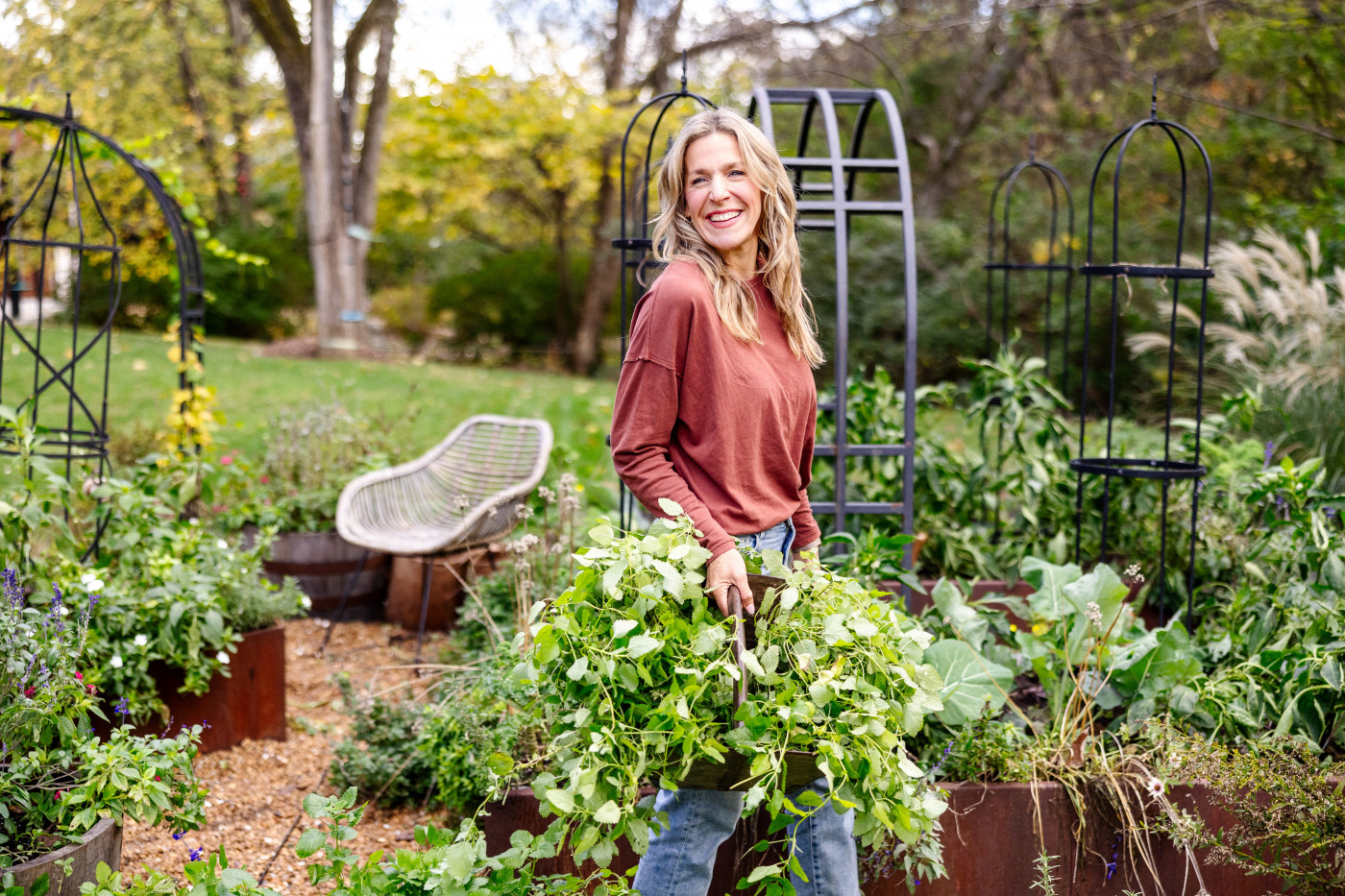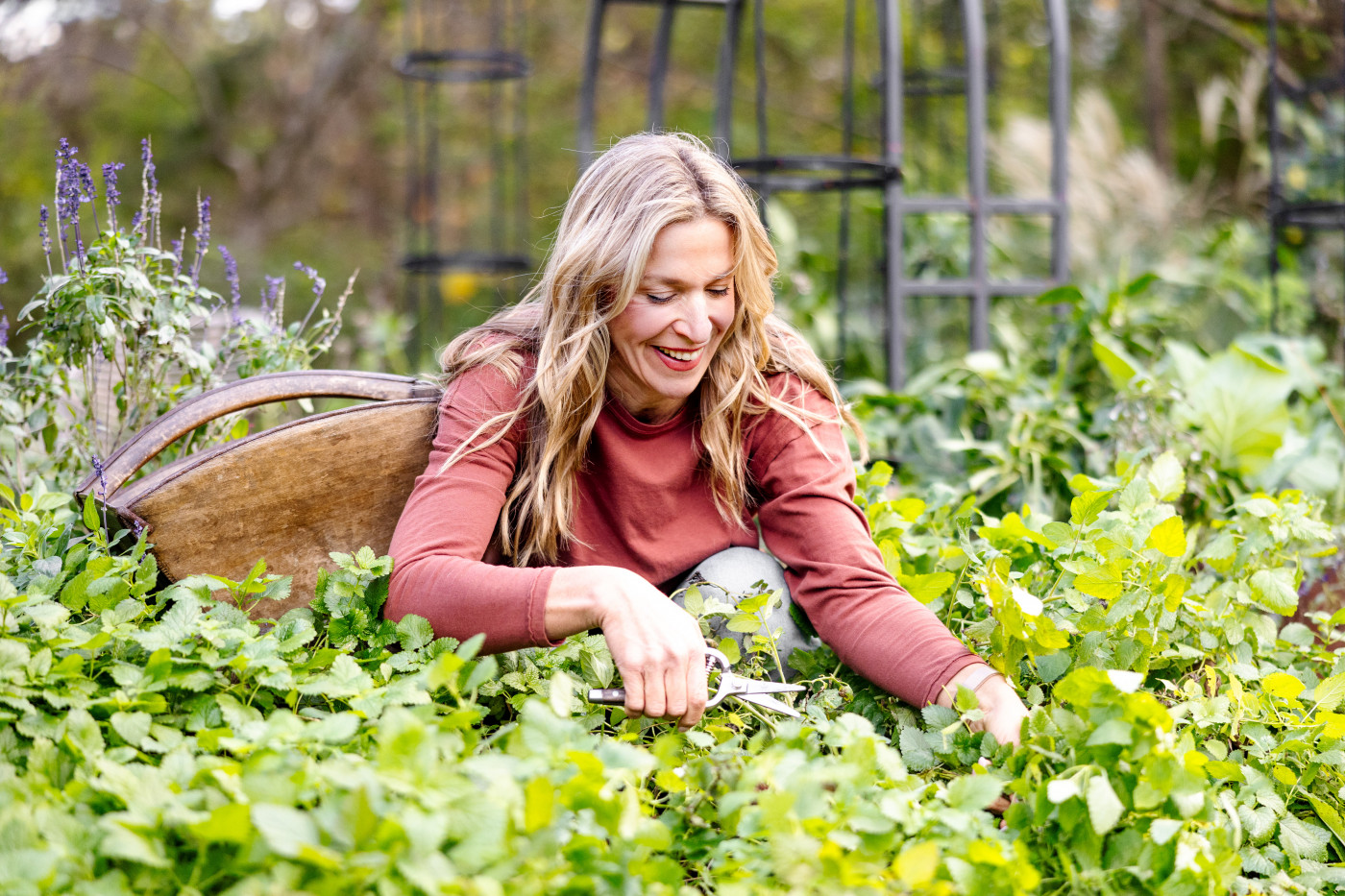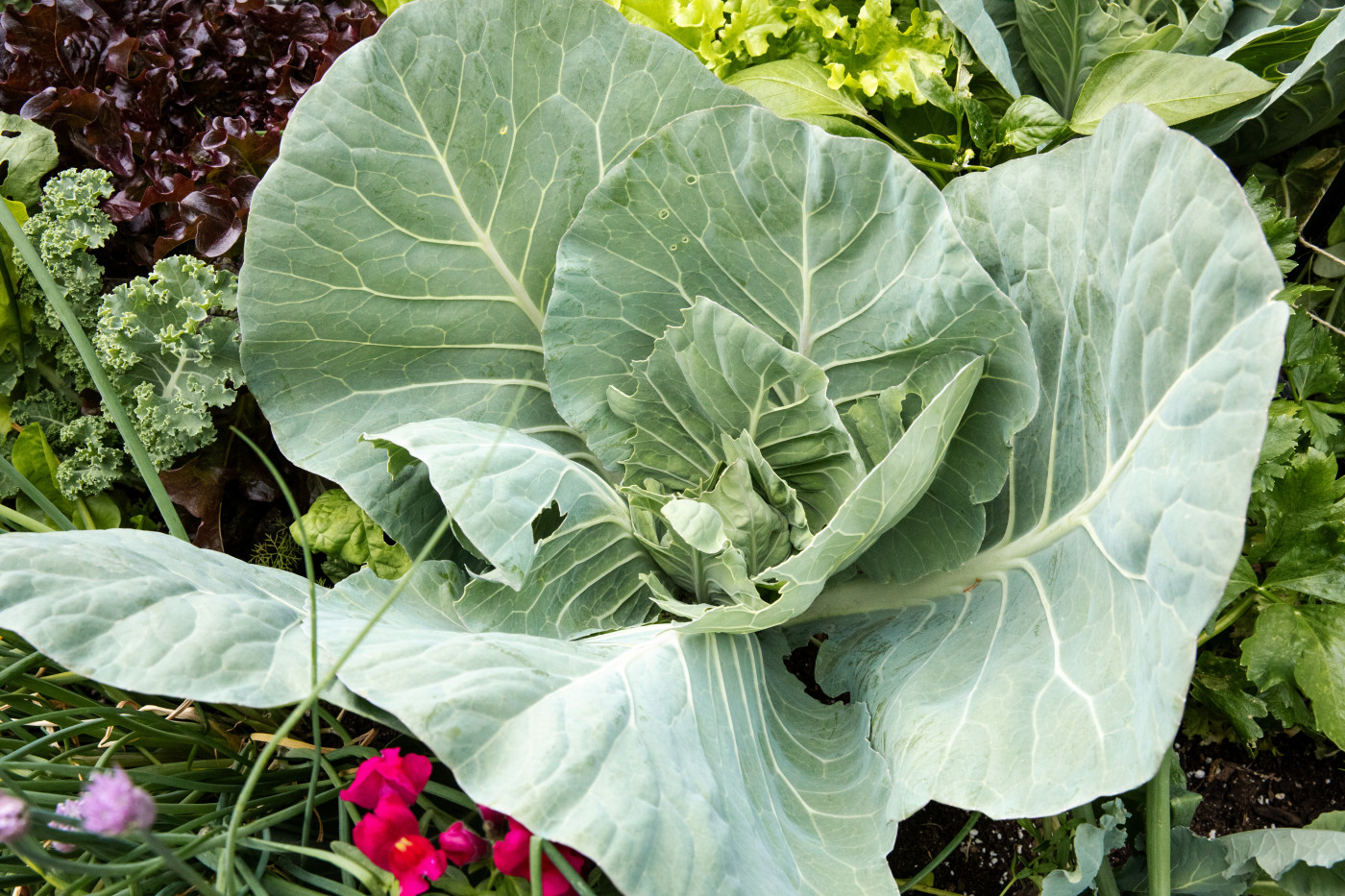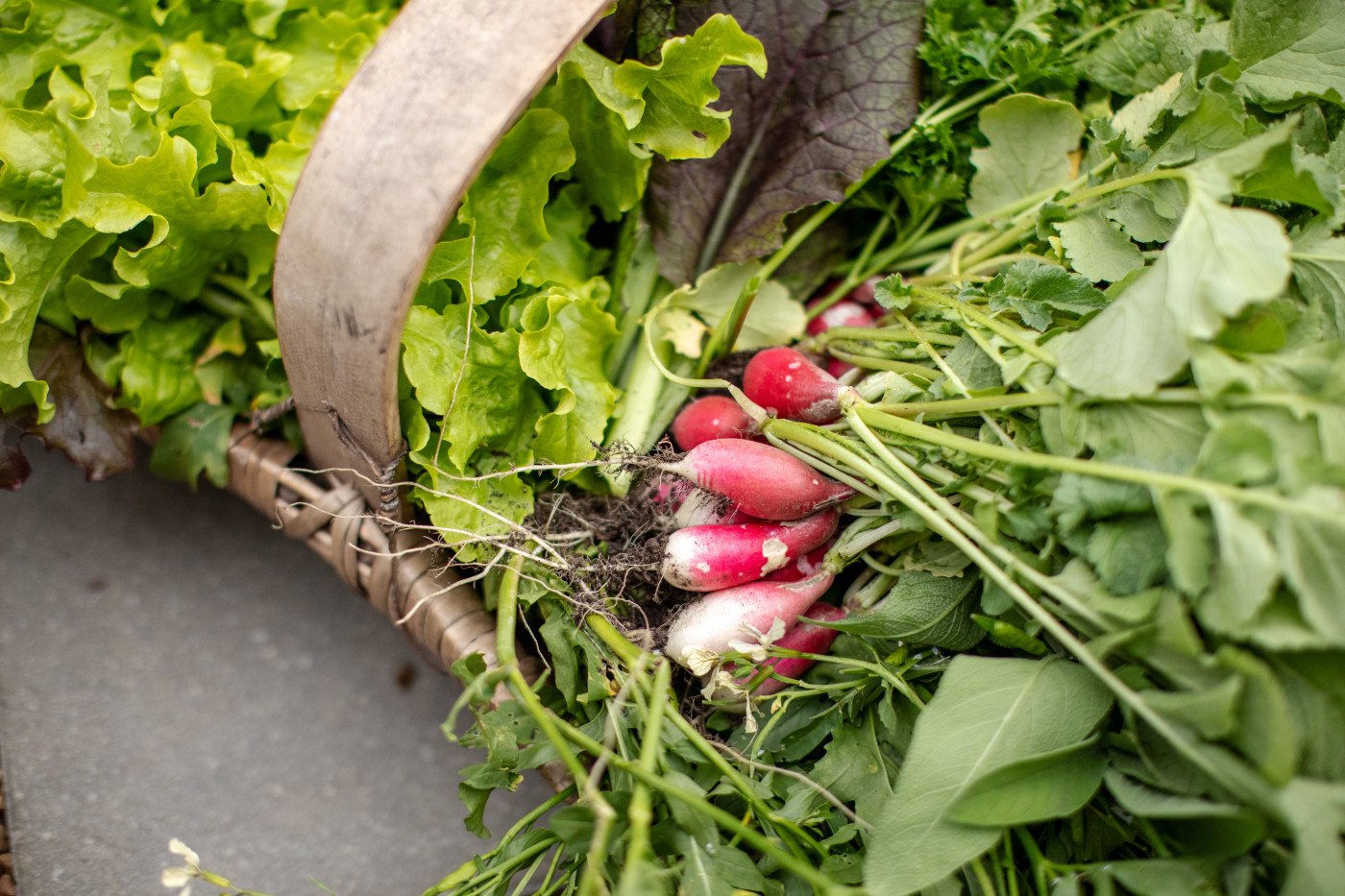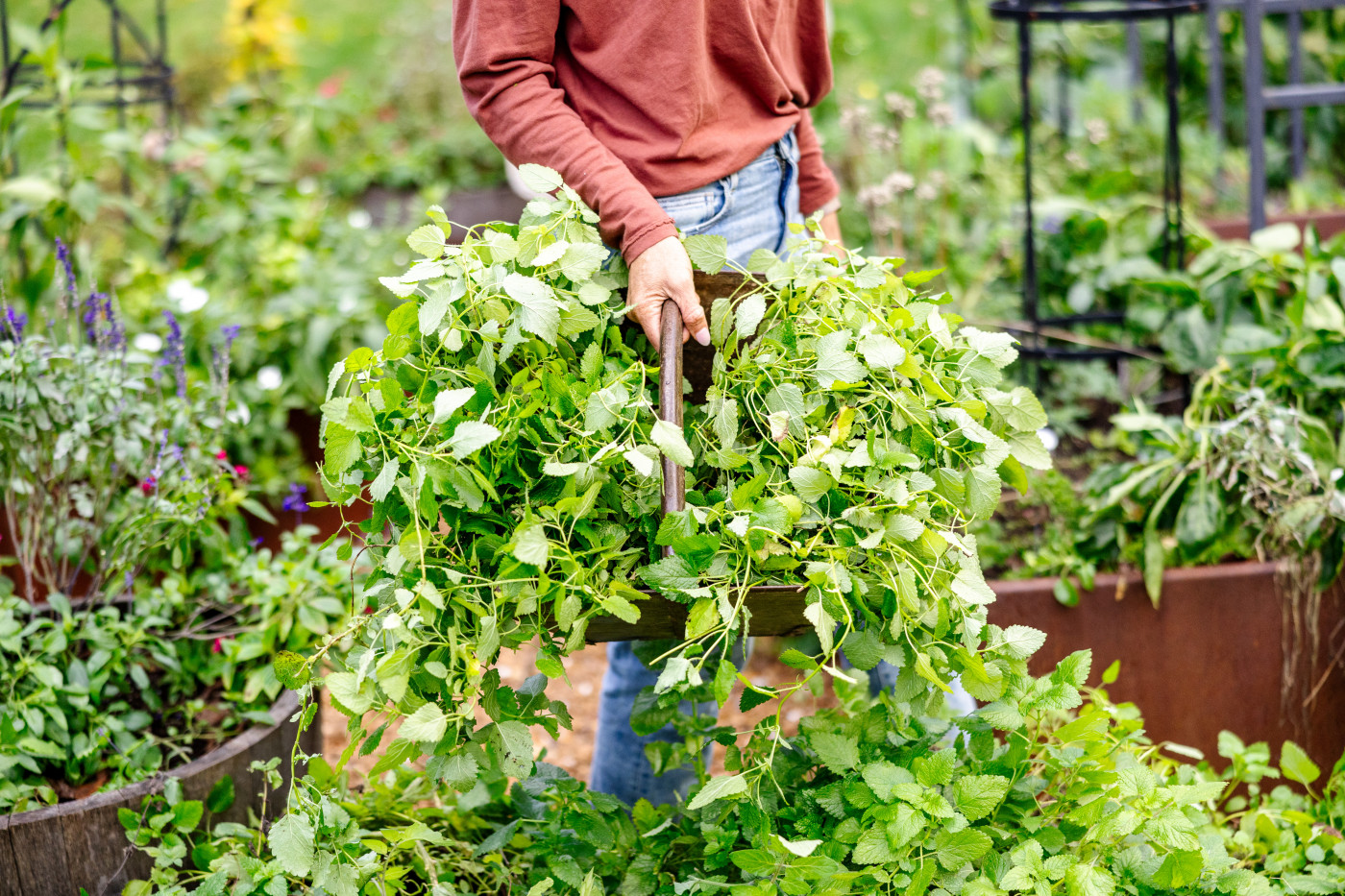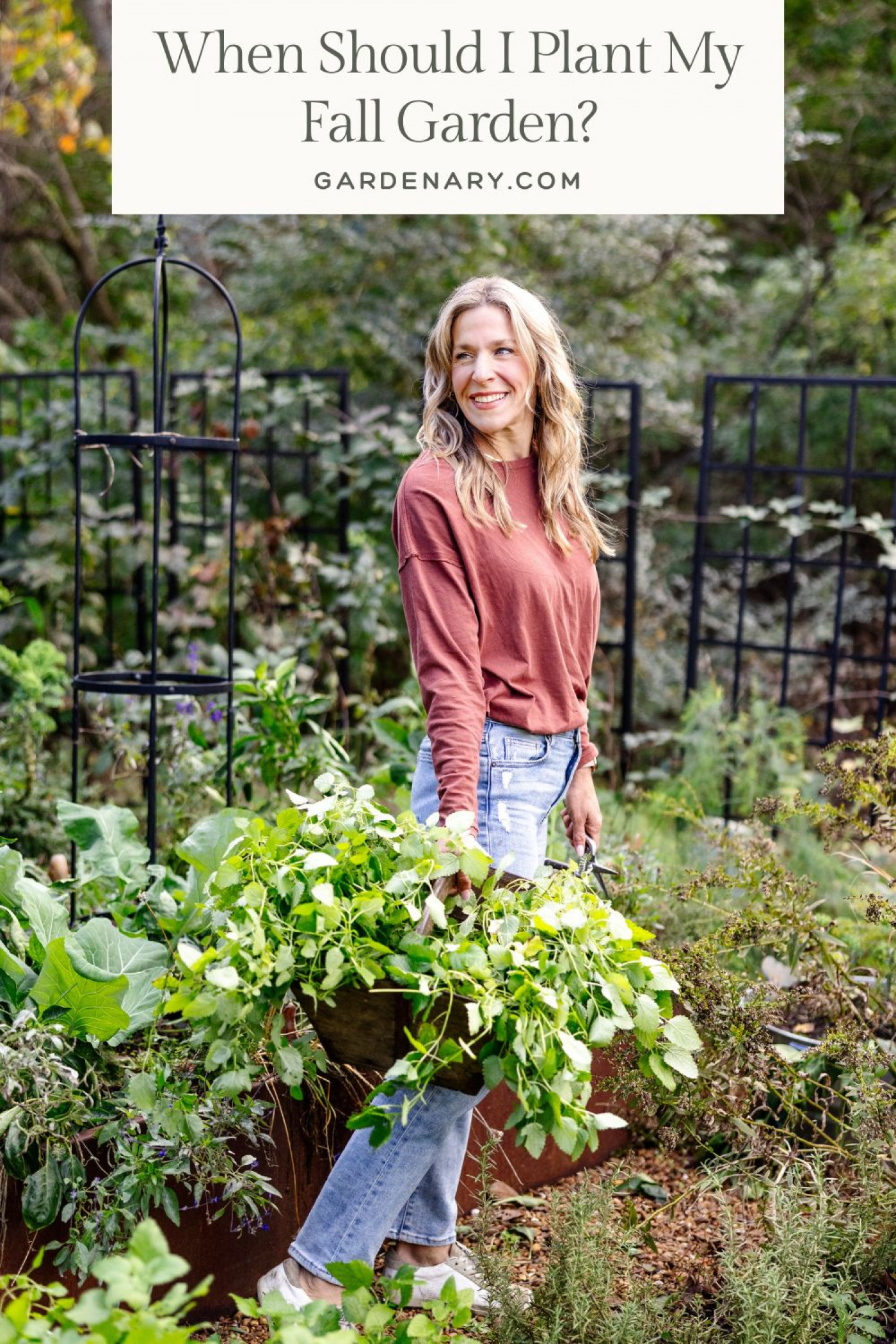At a Glance
- Learn how to determine your frost date and why it’s the most important factor in planning your fall garden.
- Understand how to calculate backwards from that frost date so you know exactly when to plant fall garden crops like spinach, radishes, and kale.
- Discover how climate, crop choice, and succession planting strategies help you enjoy fresh harvests right up until the first frost.
The Big Question: When Should You Start Your Fall Garden?
If there’s one question I get more than any other when late summer rolls around, it’s this: When should I start my fall garden?
The truth is, fall gardening is all about timing. Get it right and you’ll be harvesting baskets of greens, roots, and herbs just as your neighbors are putting their gardens to bed. Get it wrong, and those little seedlings may not have time to mature before the frost arrives.
I’ve made both mistakes. Starting too early resulted in lettuce that bolted in the heat, and starting too late meant that carrots never sized up before winter. But after years of trial, error, and lots of learning along the way, I’ve come to love the rhythm of fall planting. Done right, it’s one of the most rewarding seasons of the year.
Let’s break it down together.
Step One: Find Your Frost Date
The first step in timing your fall garden is to know your frost date. But what exactly does that mean?
A frost date is the average calendar date when temperatures in your area are expected to dip to 32°F (0°C) and you can expect the first killing frost of the season. Plants vary in their tolerance for frost: some, like kale and spinach, can shrug off light frosts and even taste sweeter afterward, but many other crops collapse at the first hint of freezing.
Your frost date isn’t an exact prediction; it’s a probability based on decades of weather data. Think of it like the weather’s version of a batting average. The Farmer’s Almanac and the National Weather Service publish these averages, and you can look them up online by simply typing in your zip code and “first frost date” or use our garden calendar tool.
Why does this matter so much for fall gardening? Because fall planting is all about working backward from that frost date. Unlike spring planting, when you’re waiting for warm weather to arrive, in fall, you’re racing the clock before cold weather shuts things down. If you start too late, your crops won’t have enough time to reach maturity. If you start too early, young cool-weather plants may struggle in the lingering summer heat.
Here’s a quick example from my own garden: In my part of Tennessee, the average first frost date is around October 26th. That doesn’t mean it always frosts on October 26th; it could come two weeks earlier this year and two weeks later next year, but it gives me a reliable target. By knowing this date, I can count backward for each crop, adjusting for its days to maturity, and set myself up for success.
One last note: frost dates can vary even within the same city. If you live in a low spot, near water, or in a dense urban area, your microclimate may shift things by a week or more. That’s why I encourage gardeners to observe their own yards. Keep track of the first frost each year in your garden planner. Over time, you’ll notice patterns and have a personalized frost-date guide that’s even more accurate than the regional charts.
→Find your frost date with our garden calendar tool.
Planting Zones vs. Frost Dates
This is where I want to pause and clear something up. Planting zones are helpful, but they were originally created for large-scale farmers and growers to guide long-term perennial plantings (like fruit trees or ornamentals), not necessarily for small seasonal vegetable gardens.
Your zone tells you how cold your winters get on average, but it doesn’t tell you when to put carrot seeds in the ground this September. For fall gardening, frost dates matter way more than zones.
That’s why I don’t rely solely on “zone 7” or “zone 9” language for fall planning. Instead, I look at my own first frost date and work backward. Even if you and I share a planting zone, your frost could come weeks earlier than mine, depending on your microclimate.
Step Two: Count Backwards for Each Crop
Different crops have different “days to maturity” which is the average number of days it takes them to grow from seed to harvest. You’ll find this info on every seed packet.
Here’s the formula I use:
Frost Date minus Number of Days to Maturity minus 2 Weeks Buffer Zone (for slower fall growth) equals your Planting Date.
Why subtract the extra two weeks? Because as the days shorten and the nights cool, plants naturally grow more slowly. A carrot that takes 70 days in spring might take closer to 80–85 days in fall.
Here’s a quick example:
- First frost: October 28
- Crop: Beets (55 days to maturity)
- Add 2 weeks for slower fall growth: 55 + 14 = 69 days
- Count back 69 days from October 28 → August 20th target beet planting date.
It might seem like a lot, but after you do this a couple of times, you'll see how easy it really is. Trust me, it's worth taking the time to do this to protect the efforts that you invest in your garden!
→Check out our garden calendar tool, which calculates your planting date and displays it as a savable calendar page.
Step Three: Choose the Right Crops for Fall
Not everything loves fall. Tomatoes and cucumbers need summer heat, but leafy greens, roots, and brassicas thrive as the temperatures cool down.
Here are some of my go-to fall crops:
- Leaves: Spinach, kale, arugula, lettuce, Swiss chard, mustard greens
- Roots: Beets, carrots, radishes
- Brassicas: Broccoli, cauliflower, cabbage, Brussels sprouts
- Herbs: Cilantro, parsley, dill
I like to think of fall gardening as a second chance for all those crops that bolt too fast in spring. Arugula and spinach, for example, taste so much sweeter in the fall because cooler nights keep them from going bitter.
Our Easy Garden Kit includes several of the easiest seeds to grow in the fall (like spinach, srugula, carrots, and radishes to name a few) and everything you need make gardening as simple as possible like video lessons, planting plans, garden setup instructions, a growing guide, and even recipes. If you're looking to press the "quick-start" button on gardening, this is for you!


Learn the Easiest Way to Grow Your Own Food
The Easy Garden Kit makes growing your own food simple and stress-free. Everything you need for success is included: the top 10 easiest seeds to grow, a detailed video course, a raised bed setup guide, planting plans, a growing guide, and a delicious recipes book for when you harvest.
Step Four: Decide Between Seeds and Transplants
This is where experience has really helped me. Some crops do best if you direct sow seeds (like carrots and radishes). Others, like broccoli or kale, benefit from a head start indoors or at your local nursery.
Here’s a brief guide:
- Direct seed: carrots, radishes, beets, arugula, spinach, lettuces
- Transplants (or start indoors): broccoli, cabbage, kale, cauliflower, Brussels sprouts
By late summer, many nurseries carry fall starts. And honestly, sometimes I save myself the stress and buy a tray of broccoli seedlings instead of trying to sprout them from scratch. The choice is up to you!
General Region Guidance
If you don't want to do a lot of calculating and just need a broad reference, you can use this as a ballpark guide.
As a general rule of thumb:
- Northern gardeners (frost in September or early October): You’ll need to start seeds in July or early August to get crops ready before frost. Stick mostly to fast-maturing greens and radishes.
- Mid-latitude gardeners (frost i. late October or November): This is my sweet spot—you can plant through August and early September and still enjoy a full fall harvest.
- Southern gardeners (frost in December or later): You’ve got the biggest window! Fall gardens here can roll right into winter gardens. Many people in the South harvest greens and herbs all the way through February. That's amazing!
I remember living in Houston and enjoying a long planting window. Now that I live in Tennessee, I need to be a little more intentional, but every region has pros and cons.
The Takeaway
So, when should you start your fall garden? The short answer is:
Look up your average first frost date and count backward based on each crop’s days to maturity.
Forget relying solely on planting zones—they were designed for farmers and long-term perennials. For fall veggie gardening, it’s all about frost dates, day length, and your local climate.
And believe me, even if you’ve missed the “perfect” start date before, there’s always something you can plant. Radishes take only 30 days to mature, and spinach can keep producing even after light frosts. So, grab your seeds, check your frost date, and enjoy watching your fall harvest grow.
Click the image below to save this article for later!


Start Your Garden the Easy Way
Get growing with 10 foolproof seed varieties, a 120-page gardening guide, planting plans, and step-by-step video lessons—all designed to help you succeed. The Easy Garden Kit makes it simple, fun, and affordable to bring fresh food and flowers to your backyard.

